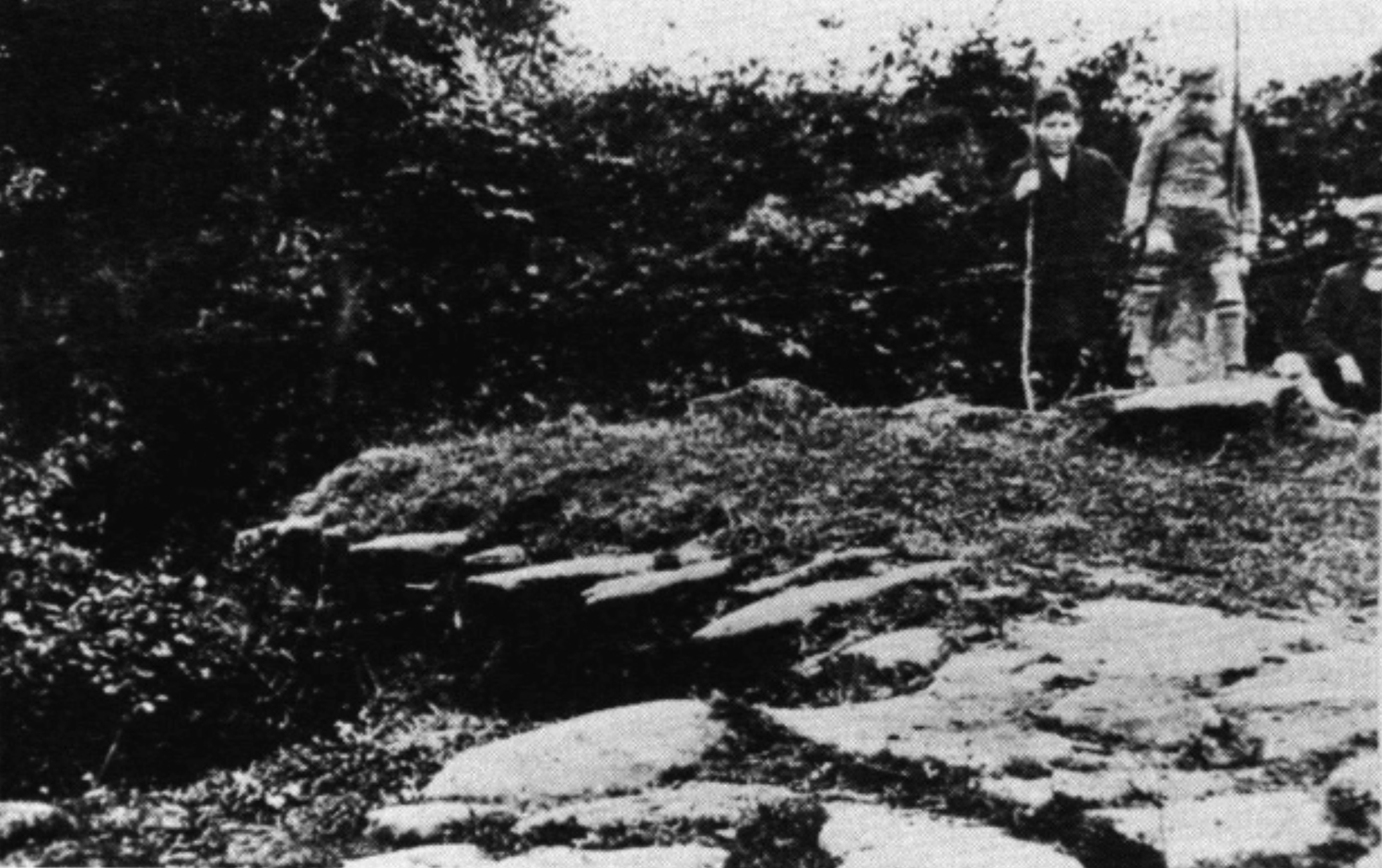
The Roman Ford at Iden Green, Benenden
Contributions to the next volume are welcome. See the guidance for contributors and contact Editor Jason Mazzocchi. Also see the guidance for peer review.
Search page
Search within this page here, search the collection page or search the website.
The Ashford Cage
The Thanet Gas Pipeline Phases I and II (Monkton Parish), 1982
The Roman Ford at Iden Green, Benenden
THE ROMAN FORD AT IDEN GREEN,
BENENDEN
CECILY LEBON
INTRODUCTION
Iden Green ford and subsequent bridges appear to have crossed a
tributary of the Rother's Hexden Channel at N.G.R. TQ 50133225,
and close to a boundary stone inscribed with the names of three
Hundreds, Cranbrook, Rolvenden and Selbrittenden, now somewhat
worn and damaged.
Following its course from north to south, one can see the ancient
road marked by traces of iron slag at intervals in the east bank of a
hollow way which runs southwards from Seven Acre Shaw to Stream
Farm, with the present-day footpath parallel to it on higher ground at
the edge of field 103 (Fig. 1). On plot 102, when barns were recently
rebuilt, their foundations and drains went down into burnt earth of
undisclosed depth immediately west of the presumed line of the road.
Containing hardly any iron slag, the feature may possibly indicate a
brick-making site for the building of the early eighteenth-century
Stream Farmhouse and for the adaptation of the older, timberframed
farmhouse (on Plot 125) which was soon afterwards converted
into three labourers' cottages. On the 1769 mapping by
Andrews, Dury and Herbert (Fig. 2) the old farmhouse is named
Pruiny Hall. It is now again converted into a single dwelling which
appears near the western edge of the location map (Fig. 1). The
confluence of several potentially useful streams and a network of
tracks converging in the vicinity suggest a history of early clearings
and the pursuit of economic activities such as stone-quarrying,
brick-making and iron-working, besides the agriculture and stockrearing
which persist.
In a nodal position, as seen on Fig. 1, a conspicuous feature is the
small, roughly pentagonal, enclosure where the excavations were
undertaken in close proximity to the boundary stone. The main
69
C. LEBON
• ^ j ^ ^ ^ ^ p , » , J i j i.
Seven A^re Shaw * ' . O
ft-.Q
LXXI. 13
>Wood
Slr*arn
Farm
a c A C.6-IJ4 o G «
niiiiooil
•'<•" nfe
